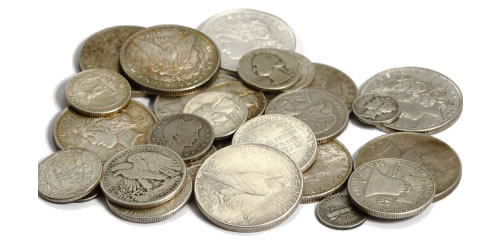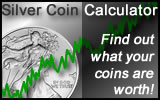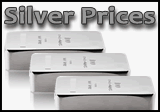Junk Silver Coins are coins typically struck from 90% silver and have little or no numismatic value which is the amount a coin collector would be willing to pay for the strike.

This may be because the coins are in such poor shape that a collector is not interested in it, or it may be because the coin is so common that a collector is not willing to pay any sort of premium in order to obtain it.
Without any real numismatic value, this leaves the strikes with only two other values to consider – face value and melt value. The face value is the amount for which the coin is good for in everyday commerce transactions. Accordingly, a nickel is worth five cents, a dime is worth ten cents, etc.
However, in the situation of junk silver coins, the real worth of the strikes typically lies in their intrinsic melt value. This equates to the amount of pure silver that is contained in the coins if they were to be melted down and the silver extracted and then compared to the current spot price of silver on the market.
Usually, when one thinks about junk silver coins in the United States it is in reference to lower quality pre-1965 coins that the United States Mint produced from a composition of 90% silver. This can include the following nine coins:
|
Name of Coin
|
Years Struck
|
Ounces of Silver
per Coin |
|
1878-1904, 1921
|
.77344
|
|
|
1921-1935
|
.77344
|
|
|
1916-1947
|
.36169
|
|
|
1948-1963
|
.36169
|
|
|
1964
|
.36169
|
|
|
1932-1964
|
.18084
|
|
|
1916-1945
|
.07234
|
|
|
1946-1964
|
.07234
|
|
|
1942-1945
|
.05626
|
Historically, dealers combined enough junk silver coins in a bag to equal a total face value of $1,000 for the strikes within it. This could mean 1,000 individual dollar coins, 2,000 individual half dollar coins, 4,000 individual quarters, 10,000 individual dimes, 20,000 individual nickels or any combination thereof as long as the face value total equaled $1,000.
This made calculating the melt value of the bag quite easy as each was considered to contain 715 ounces of silver owing to the fact that the US Mint struck each denomination of coins with a relatively proportionate amount of silver as shown in the table above. For example, a quarter dollar contained approximately 25% of the silver that a dollar contained. It should also be noted that dealers deducted a small amount of the silver typically struck in each piece from the total in the bag to allow for wear and tear on the coins which would have resulted in some of the silver being removed from the strikes when originally used in circulation.
Some dealers now even create smaller bags of junk coins as the price of silver has gone up. This makes purchasing a bag of the coins more reasonable for some who want to venture into the precious metal market, but want to do so in a smaller fashion.


